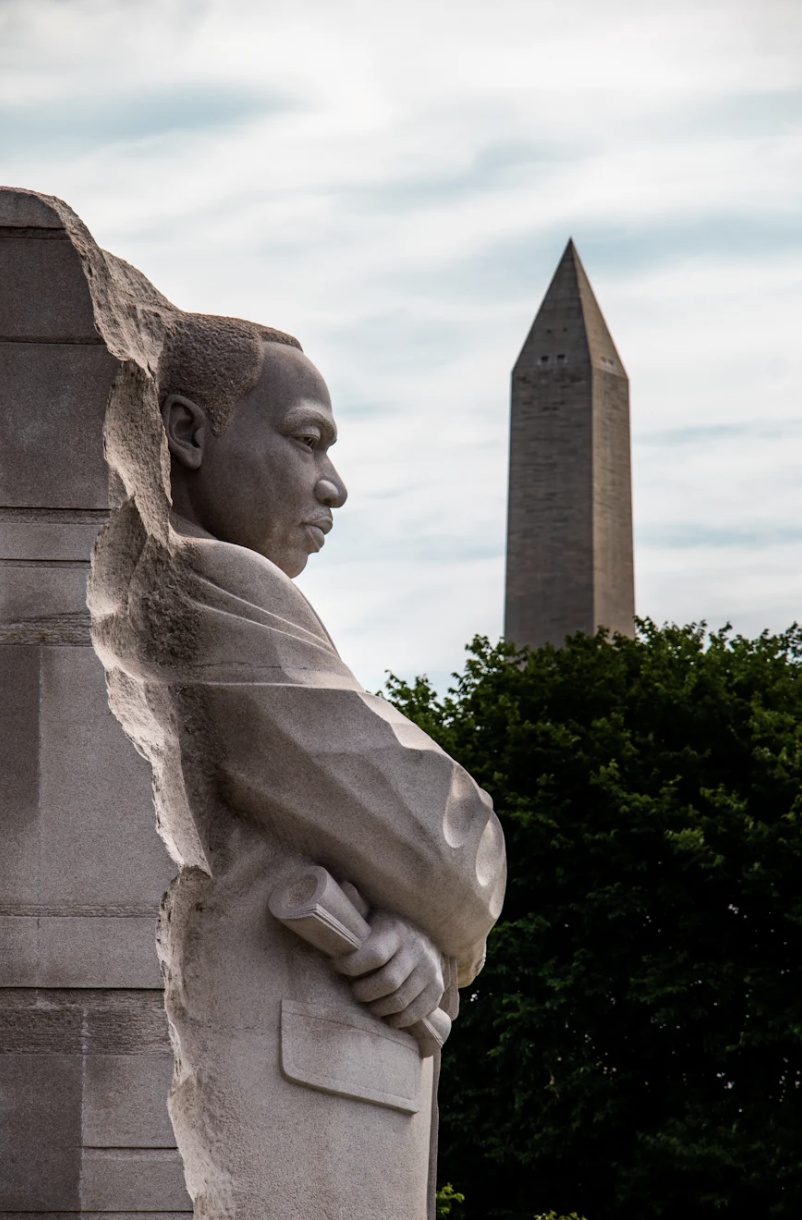Martin Luther King Jr. remains an iconic figure in the fight for civil rights and equality, and visiting places associated with his life and work can provide a deeper understanding of his legacy. Here are nine significant locations where you can walk in MLK Jr.’s footsteps and experience his impact firsthand:
- Ebenezer Baptist Church – Atlanta, Georgia
This historic church was where Martin Luther King Jr. was baptized and where he served as co-pastor with his father, Martin Luther King Sr. Visitors can attend services or explore the church museum to learn about his early years and the role of faith in his activism. - Martin Luther King Jr. National Historical Park – Atlanta, Georgia
This expansive park includes several landmarks such as MLK Jr.’s childhood home, the Ebenezer Baptist Church, and the King Center. The King Center houses exhibits on his life and the civil rights movement, including his Nobel Peace Prize. - Dexter Avenue King Memorial Baptist Church – Montgomery, Alabama
This church was where MLK Jr. served as pastor during the Montgomery Bus Boycott. Visitors can tour the church and learn about the pivotal role it played in the civil rights movement. - Rosa Parks Museum – Montgomery, Alabama
While not directly associated with MLK Jr., this museum commemorates the Montgomery Bus Boycott, a pivotal event in the civil rights movement that MLK Jr. helped lead. It provides insights into the broader struggle for racial equality. - Edmund Pettus Bridge – Selma, Alabama
This bridge was the site of the violent confrontation known as “Bloody Sunday” during the Selma to Montgomery marches for voting rights. MLK Jr. led the marchers across this bridge, and visiting it offers a poignant reminder of the sacrifices made for civil rights. - National Civil Rights Museum – Memphis, Tennessee
Located at the Lorraine Motel where MLK Jr. was assassinated, this museum chronicles the history of the civil rights movement. Exhibits include MLK Jr.’s room and the balcony where he was shot, offering a powerful tribute to his life and legacy. - MLK Jr. Memorial – Washington, D.C.
The Martin Luther King Jr. Memorial on the National Mall features a towering statue of MLK Jr. and quotes from his speeches engraved in stone. It is a fitting tribute to his contributions to justice, equality, and nonviolent protest. - March on Washington Sites – Washington, D.C.
Visit the Lincoln Memorial, where MLK Jr. delivered his famous “I Have a Dream” speech during the March on Washington for Jobs and Freedom in 1963. The spot where he stood is marked with a plaque and remains a symbol of hope and progress. - Sixteenth Street Baptist Church – Birmingham, Alabama
This church was the site of a tragic bombing in 1963 that killed four young girls. The incident galvanized the civil rights movement and underscored the dangers faced by activists. Visiting the church is a solemn reminder of the struggles MLK Jr. and others faced.
Walking in MLK Jr.’s footsteps at these locations offers a profound opportunity to reflect on his courage, leadership, and unwavering commitment to justice. Each site contributes to a broader understanding of the civil rights movement and its ongoing relevance today.

COMMENTS